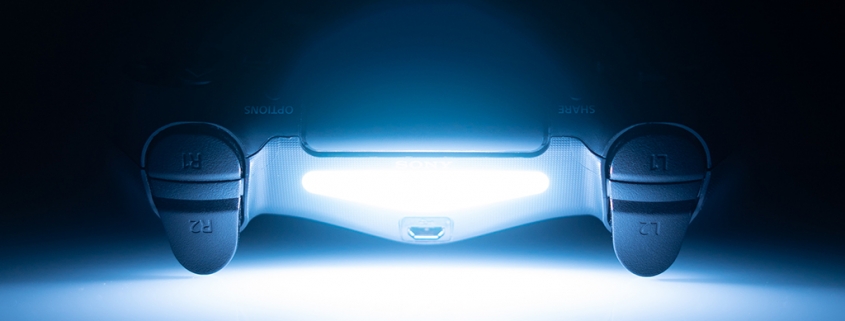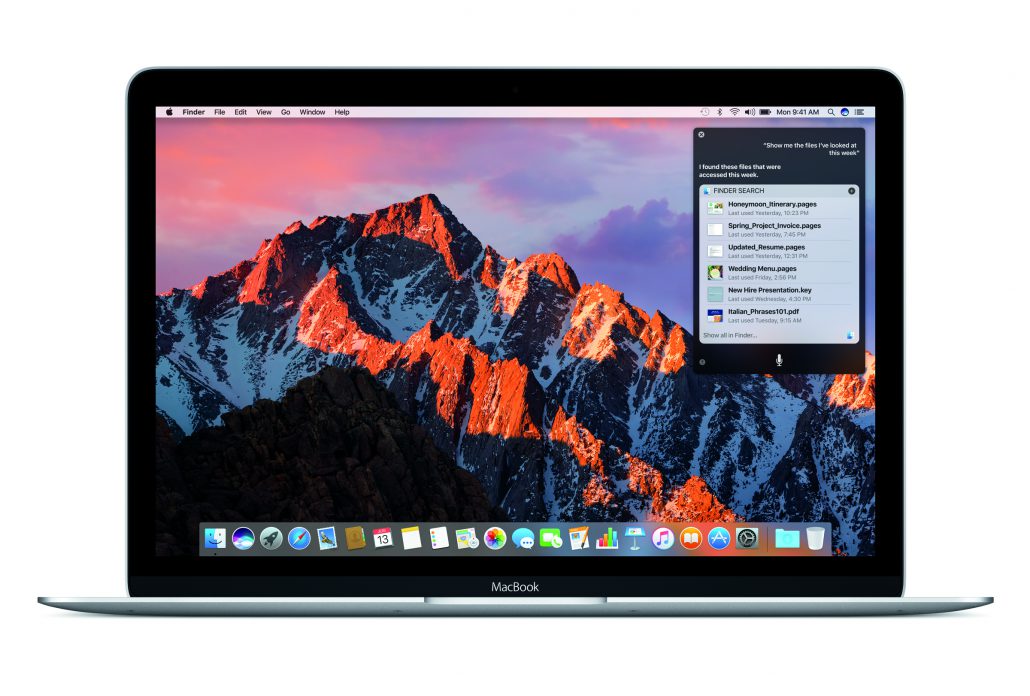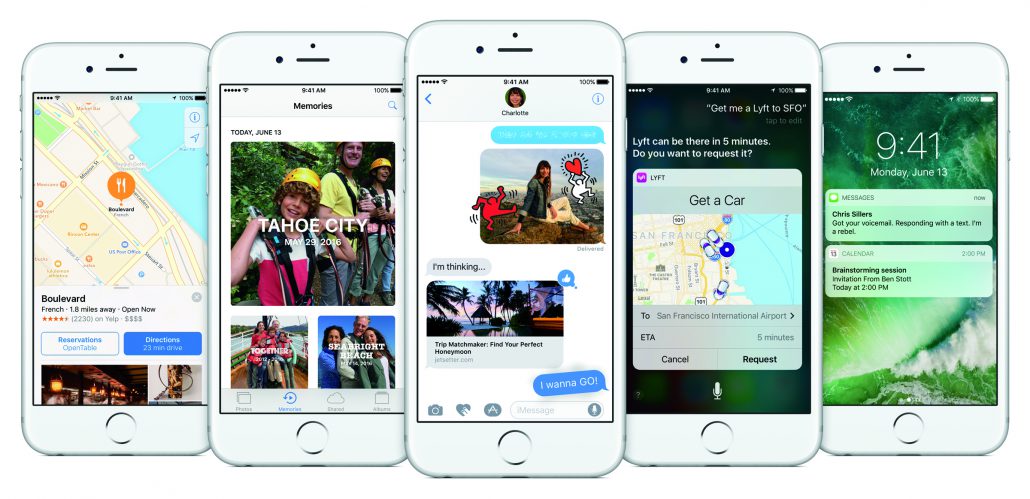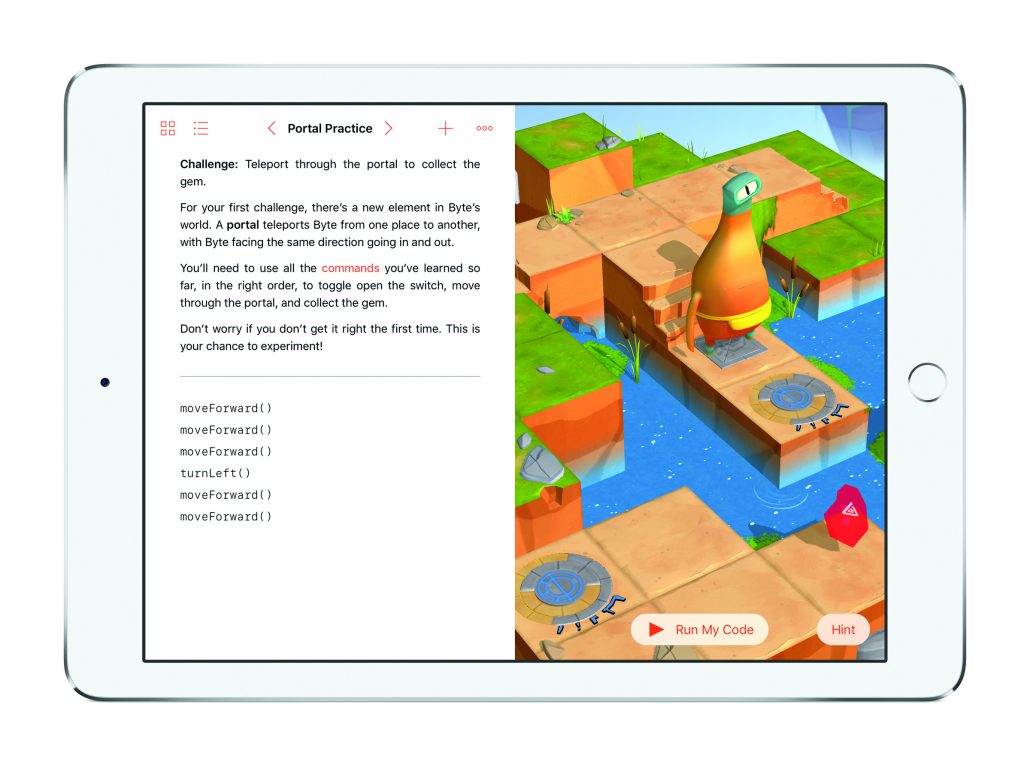In our rush to explore the Metaverse and generative forms of artificial intelligence, we may have been too quick to throw away the baby of virtual reality with the bathwater of innovation. Digital trends are like ocean waves: one follows the other. But it is all about ebb and flow. Sometimes the backwash brings a disruption that we thought had been swept offshore right back to the beach.
Augmented reality has returned.
But it has a different name. With impressive support by Keynote and some genius video editing, Apple has called its latest brainchild “spatial computing”. It’s an innovation that fits with the traditional visions of science fiction that are so dear to Silicon Valley. Look at that man standing in front of his desk, scrolling through browser tabs in the wide open space before him. How can you not be reminded of Tom Cruise’s graceful hand movements in Steven Spielberg’s Minority Report? While the press is effusive once again about Apple’s innovation, aren’t these innovations starting to feel a little old? Aren’t they running out of steam? Is technological innovation on a pure-white screen still as big a draw? The New York Stock Exchange seems to say no.
But Vision Pro is here and has been widely shared and commented online. Like all new technological artefacts, the world of communication will grab hold of it in a bid to “re-enchant the world”. Press cartoonists were quick to draw parallels when Apple’s announcement came during the devastating fires in Canada. A plethora of drawings showed a couple pulling on their Vision Pro masks and navigating through an ideal world while their real home burned. The This is fine meme was even revamped for the occasion.
Mask and Screen
Apple’s Vision Pro has the disadvantage of being a mask and the advantage of being a screen. And even though Apple plays on the existence of a second screen to reveal the eyes of its wearer, the device really does obstruct the wearer’s vision and isolates them from their real environment. That is precisely what a mask is supposed to do: protect, isolate, mask. But this time, from reality. Yet Vision Pro is also a screen, which like all screens, can be transformed into a window on the world. A window that reveals, that opens closed minds, that challenges thoughts. Yes, beyond the issue of its price, Vision Pro is a mysterious device. Like any form of technology.
Over the next few weeks, communication agencies are sure to inundate the world with ideas about Apple’s screen-mask and demonstrations of its features. Each with its own creative and strategic bias. Artistic directors will have a choice to make between two approaches: masking or revealing. Creating and designing uses that cut people off – adding new Snapchat-style filters to the world, blocking out unwanted information, adding noise to an environment – or uses that will make people grow – explaining the world, revealing its inequalities or its failures, educating people.
While technology is not the ultimate solution to the world’s misfortunes, it can be a revelation as to how companies, especially those in communication, understand and present it.
So let’s keep an eye out for the demonstrations to come, the future stunts that will showcase Apple’s Vision Pro. These will tell us a little more about how the communication world envisages the challenges of the future.








